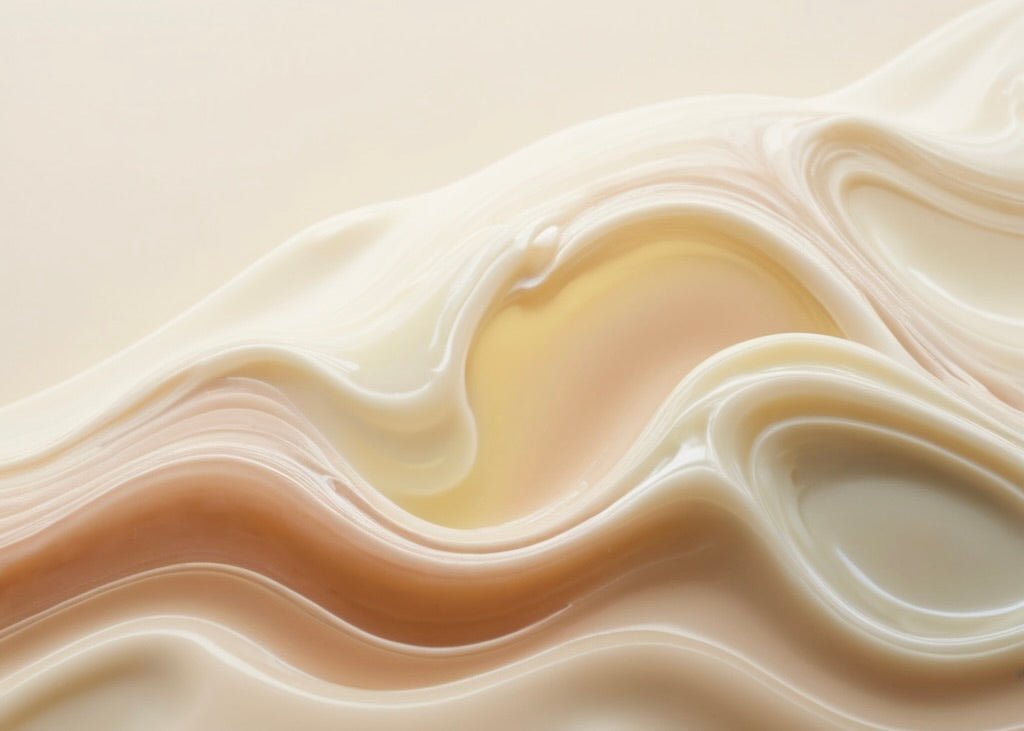
How to Understand if Lactic Acid Is an AHA or BHA
Understanding the nature of skincare ingredients can be a complex task, especially when it comes to deciphering the differences between Alpha Hydroxy Acids (AHAs) and Beta Hydroxy Acids (BHAs). One ingredient that often sparks curiosity is lactic acid. Is it an AHA or a BHA? This comprehensive guide will help you unravel this mystery.
Understanding AHAs and BHAs
Before we delve into the specifics of lactic acid, it's crucial to understand what AHAs and BHAs are. Both AHAs and BHAs are types of hydroxy acids, which are organic compounds that contain a hydroxy group (-OH) and a carboxylic acid group (-COOH). They are widely used in skincare products due to their exfoliating properties.
AHAs are water-soluble acids derived from sugary fruits. They help peel away the surface of your skin so that new, more evenly pigmented skin cells may generate and take their place. On the other hand, BHAs are oil-soluble. They can get deeper into the pores to remove dead skin cells and excess sebum.
The Benefits of AHAs
AHAs are excellent for skin surface exfoliation. They help to:
- Reduce the appearance of fine lines and wrinkles
- Improve skin texture
- Brighten skin tone
Moreover, many AHAs, such as glycolic acid and lactic acid, are derived from natural sources, making them a sustainable choice for skincare.
The Benefits of BHAs
BHAs, on the other hand, offer deep pore cleansing. They are known to:
- Combat acne and blackheads
- Reduce inflammation and redness
- Improve skin texture and tone
Salicylic acid is a commonly used BHA in skincare products. It is derived from willow bark, a renewable resource, emphasizing the move towards more natural and sustainable skincare ingredients.
Unveiling the Nature of Lactic Acid
Now that we have a basic understanding of AHAs and BHAs, let's focus on lactic acid. Lactic acid is an organic acid that plays a vital role in various biochemical processes. It is produced naturally in the body, but it can also be derived from milk, fruit, vegetables, or other plants.
So, is lactic acid an AHA or a BHA? The answer is - lactic acid is an AHA. It is water-soluble and works on the surface of the skin, making it an excellent choice for gentle exfoliation. It is particularly beneficial for dry and sensitive skin types, as it also helps to increase the skin's hydration levels.
Benefits of Lactic Acid
Lactic acid offers a multitude of benefits for the skin. Here are some of the key advantages:
- Exfoliates the skin surface gently
- Improves skin texture and reduces the appearance of fine lines
- Boosts skin hydration
- Helps lighten dark spots
Moreover, as lactic acid can be derived from various natural sources, it aligns with the growing trend of using sustainable and natural skincare ingredients.
How to Incorporate Lactic Acid into Your Skincare Routine
Now that you know lactic acid is an AHA and its benefits, you might be wondering how to incorporate it into your skincare routine. Here are some steps to guide you:
- Choose a product: Lactic acid is found in a variety of skincare products, from cleansers and toners to serums and peels. Choose a product that fits your skincare needs and preferences.
- Start slow: If you're new to using AHAs, start with a lower concentration of lactic acid and gradually increase it as your skin builds tolerance.
- Use sunscreen: AHAs, including lactic acid, can make your skin more sensitive to the sun. Therefore, always apply a broad-spectrum sunscreen during the day.
Remember, everyone's skin is unique, and what works for one person may not work for another. It's always a good idea to do a patch test before incorporating a new product into your routine or consult a dermatologist if you have any concerns.
Conclusion
In conclusion, lactic acid is an AHA, not a BHA. It offers gentle exfoliation, improves skin texture, boosts hydration, and can help lighten dark spots. As it can be derived from natural sources, it is a sustainable choice for skincare. However, like all AHAs, it can increase sun sensitivity, so don't forget to apply sunscreen when using lactic acid products.














